This post may contain affiliate links which means I will get a commission if you make a purchase at no additional cost to you. As an Amazon Associate I earn from qualifying purchases. Please read my disclosure for details.
From grocery stores to online retailers, corporations use a variety of subtle tactics to get you to spend more than you intended. These psychological tricks make purchases feel like good deals, even when they aren’t.
The more you understand these sneaky marketing strategies, the better you can resist unnecessary spending and keep your budget in check. Here are 15 corporate tricks designed to quietly drain your wallet.
1. Charm Pricing ($9.99 Instead of $10.00)
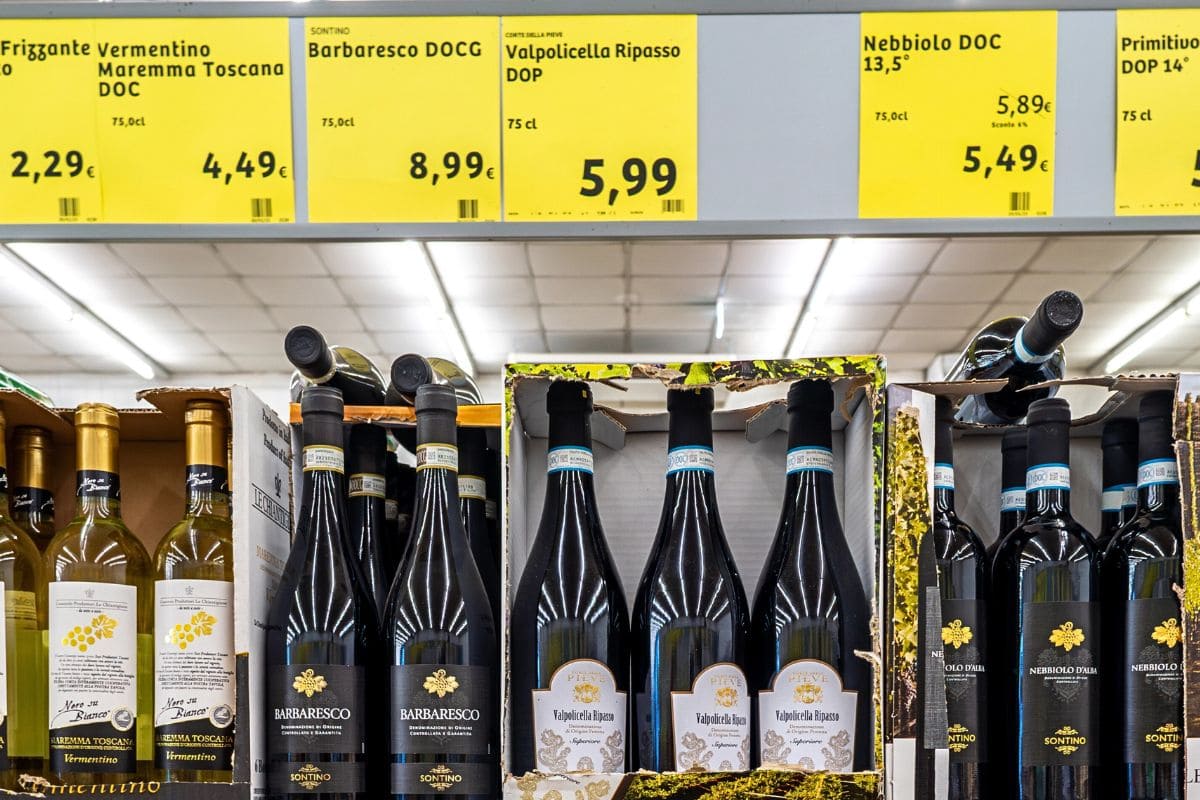
WANT TO SAVE THIS RECIPE?
One of the oldest marketing tricks in the book is pricing items just below a round number. A price tag of $9.99 feels significantly cheaper than $10, even though the difference is just one cent. Our brains tend to focus on the first number, making us perceive $9.99 as closer to $9 than $10. This psychological trick encourages more spending by making prices seem lower than they actually are.
2. Creating a False Sense of Urgency (“Limited Time Offer”)

Retailers often use phrases like “limited time only” or “while supplies last” to make you feel pressured to buy immediately. This urgency creates fear of missing out (FOMO), making shoppers act impulsively rather than thinking through their purchases. In reality, many of these deals cycle regularly, meaning the “limited” offer will likely return in a few weeks.
3. Anchoring Prices with an Overpriced Item

Ever noticed an outrageously expensive option at the top of a menu or product page? This is called price anchoring. By listing an expensive item first, companies make the next option seem like a bargain in comparison. For example, a $100 steak on a restaurant menu makes the $50 steak seem reasonable, even if it’s still overpriced. This trick plays on our tendency to compare prices rather than assess actual value.
4. Subscription Traps with Free Trials

Many companies offer free trials for streaming services, software, or subscription boxes, but they make it difficult to cancel before charges kick in. They count on you forgetting to cancel, locking you into automatic payments. Some services even make the cancellation process intentionally complicated, requiring multiple steps or phone calls to deter people from opting out.
Related Post: 10 Food Expiration Dates You Should Never Ignore
5. Decoy Pricing to Steer Your Choice

Decoy pricing involves adding a third, less appealing option to make another item seem like a better deal. For example, a popcorn stand may offer a small for $4, a medium for $7, and a large for $8. The medium is priced intentionally high to make the large seem like the best value, nudging you toward spending more than you originally planned.
Sign up now to receive our exclusive e-cookbook filled with top-rated recipes for FREE!
6. Using “Buy One, Get One Free” to Trick You into Buying More

BOGO deals make you feel like you’re getting a great bargain, but they often encourage unnecessary purchases. You may end up buying more than you need just to take advantage of the offer, spending money you wouldn’t have otherwise. Additionally, the price of the first item is sometimes inflated to cover the cost of the “free” one, making the deal less of a steal than it appears.
Related Post: 10 Grocery Shopping Habits Older Generations Had That Made Life Simpler
7. Strategically Placing Impulse Buys at Checkout
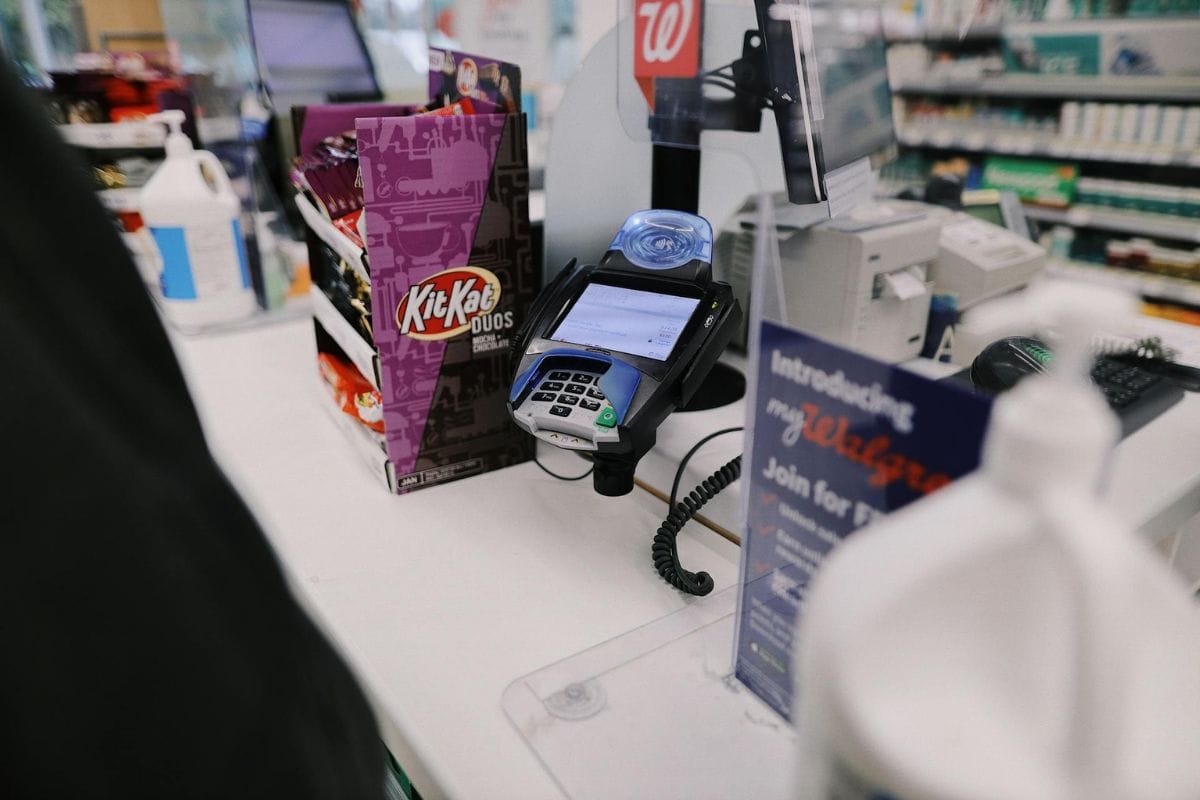
Retailers carefully place small, inexpensive items like gum, candy, and magazines near checkout lanes to encourage last-minute impulse purchases.
These low-cost items don’t seem like a big deal individually, but they add up over time. Supermarkets and department stores use this strategy to boost revenue from customers who are already committed to making a purchase.
Related Post: 10 Reasons Home-Cooked Meals Aren’t Always Better
8. Shrinkflation: Charging the Same Price for Less Product

Shrinkflation is when companies reduce the size or quantity of a product while keeping the price the same. A cereal box might shrink from 16 ounces to 14 ounces, or a bag of chips might have more air and fewer chips. Since the price stays the same, many consumers don’t notice they’re getting less for their money until it’s too late.
Related Post: 12 Kitchen Habits That Are Making Your Food Spoil Faster
9. Fake Discounts That Don’t Actually Save You Money
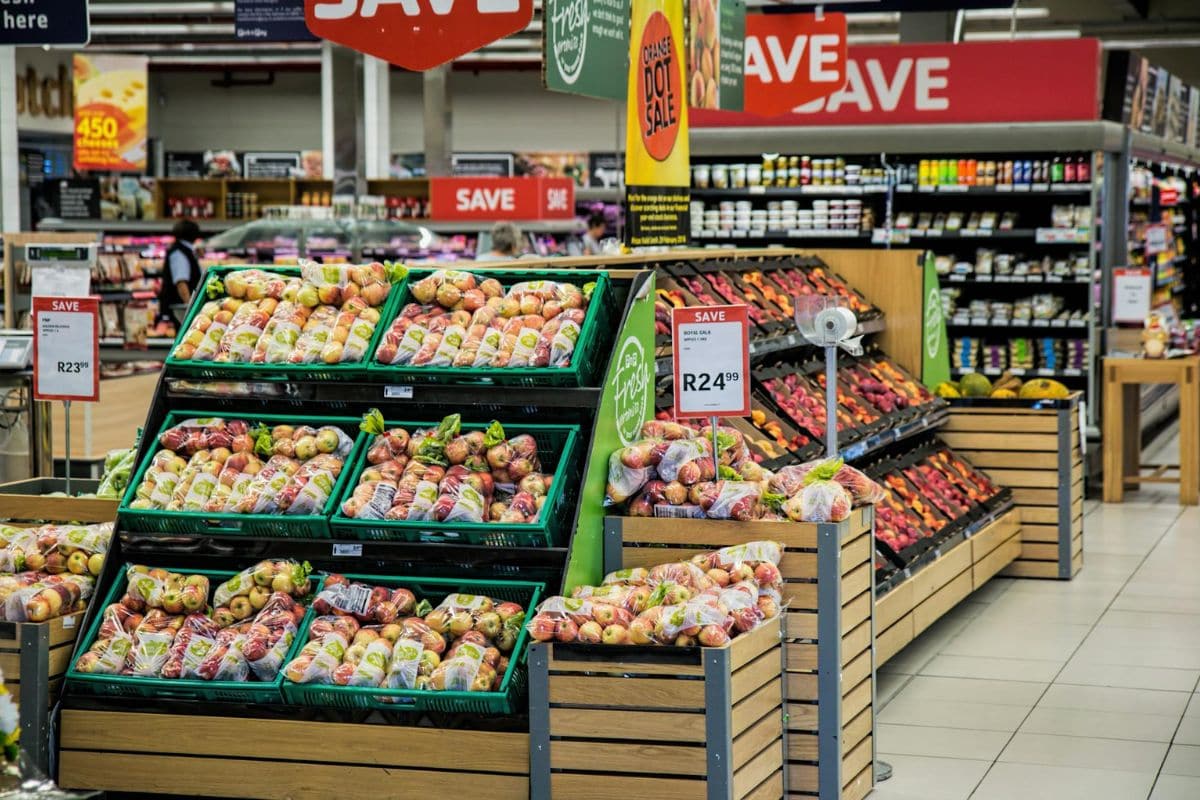
Some stores mark up their products just before putting them “on sale,” creating the illusion of savings. A jacket that’s “50% off” may have had its price inflated right before the sale started.
Many online retailers also use this trick, displaying crossed-out prices to make customers feel like they’re getting a discount—even when the “original” price was never what they actually charged.
Related Post: 15 Common Food Myths You’ve Been Believing for Years
10. Overpricing Individual Items to Make Bundles Seem Like a Bargain
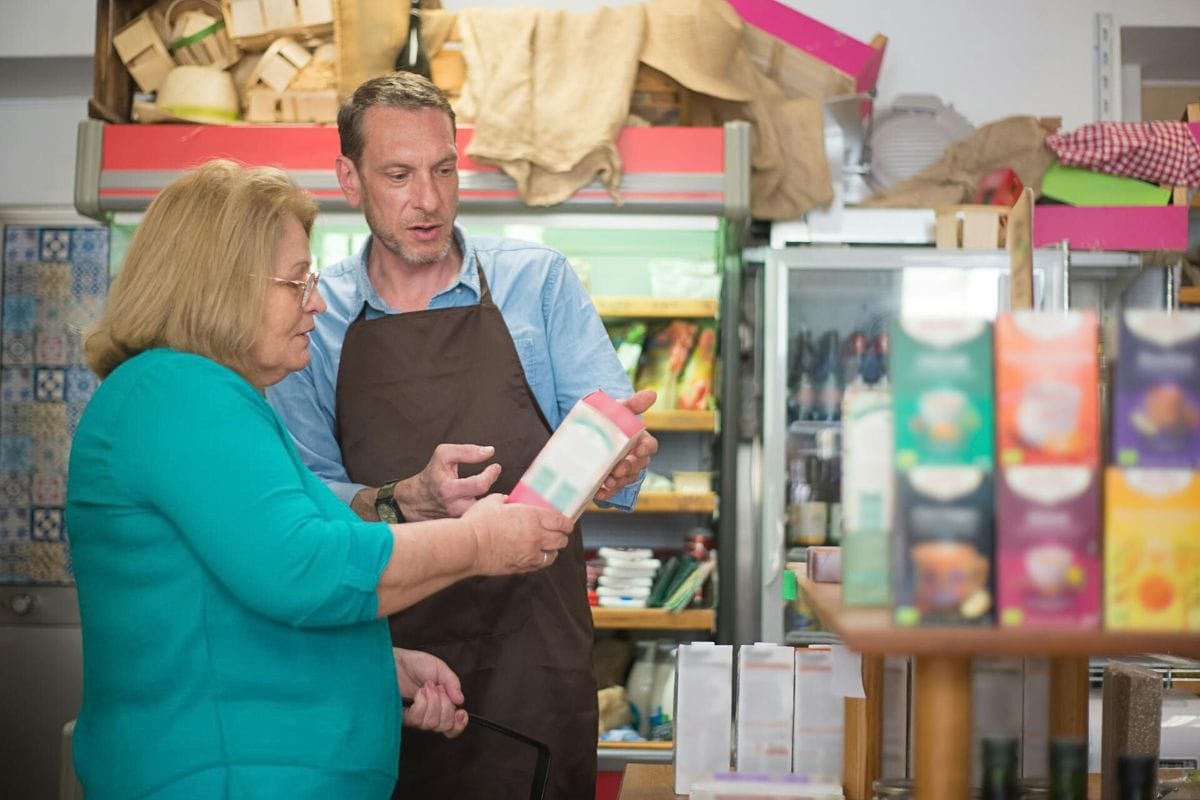
Bundles and combo deals often seem like great ways to save money, but they can be misleading. Companies intentionally overprice individual items so that the bundled price looks like a steal. In reality, you might be paying for items you don’t need or could get separately for less. This trick is common in meal deals, tech accessory bundles, and skincare sets.
Sign up now to receive our exclusive e-cookbook filled with top-rated recipes for FREE!
11. Loyalty Programs That Encourage More Spending
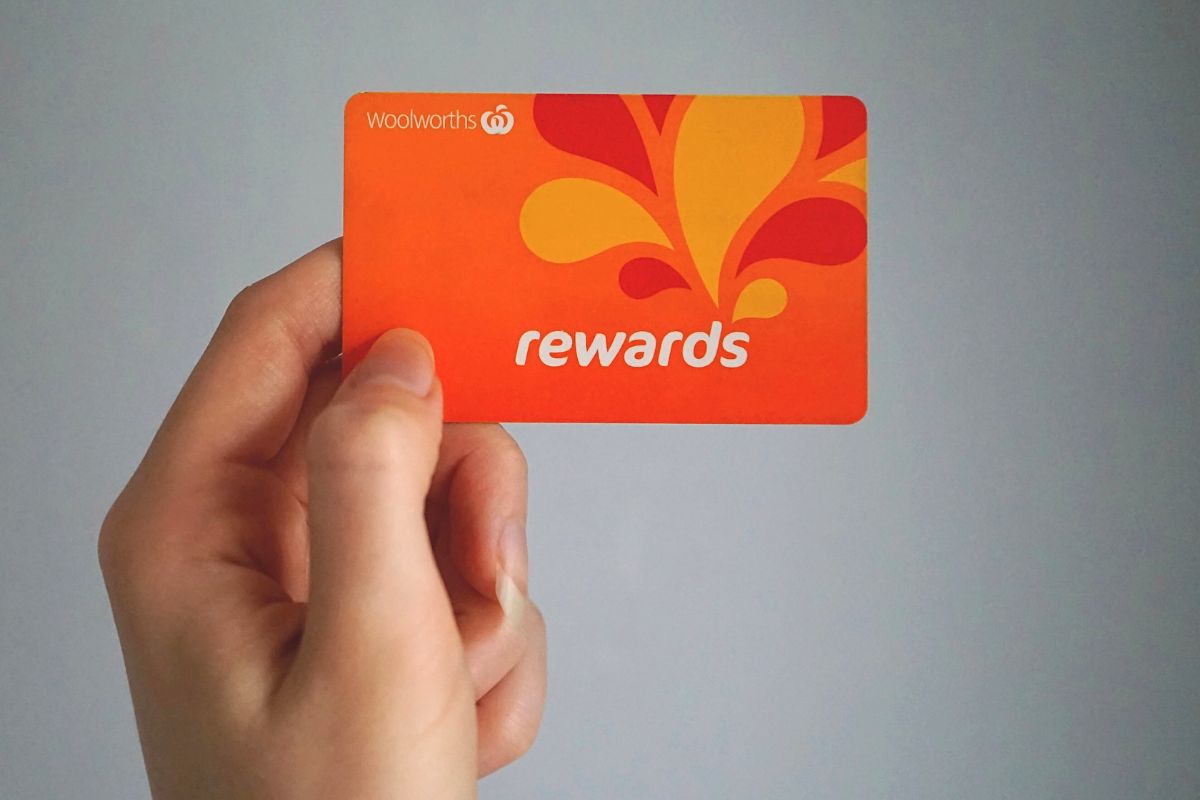
Loyalty programs sound like great deals, but they often encourage customers to spend more than they normally would to “earn” rewards. Many programs require you to reach a certain spending threshold before receiving discounts, pushing you to buy unnecessary items just to unlock savings. Additionally, rewards points often expire, meaning consumers may never even use the benefits they worked toward.
Related Post: 10 Foods That Have Shrunk in Size but Increased in Price
12. Hiding Additional Fees Until Checkout

Many online retailers and ticket sellers lure customers in with attractive base prices, only to tack on additional fees at checkout. Shipping charges, service fees, and processing fees inflate the final price, often making the purchase far more expensive than anticipated. This trick works because by the time the extra fees appear, many customers are already emotionally committed to the purchase.
Related Post: 13 Everyday Products That Are Less Durable Than They Used to Be
13. Psychological Store Layouts That Keep You Shopping Longer
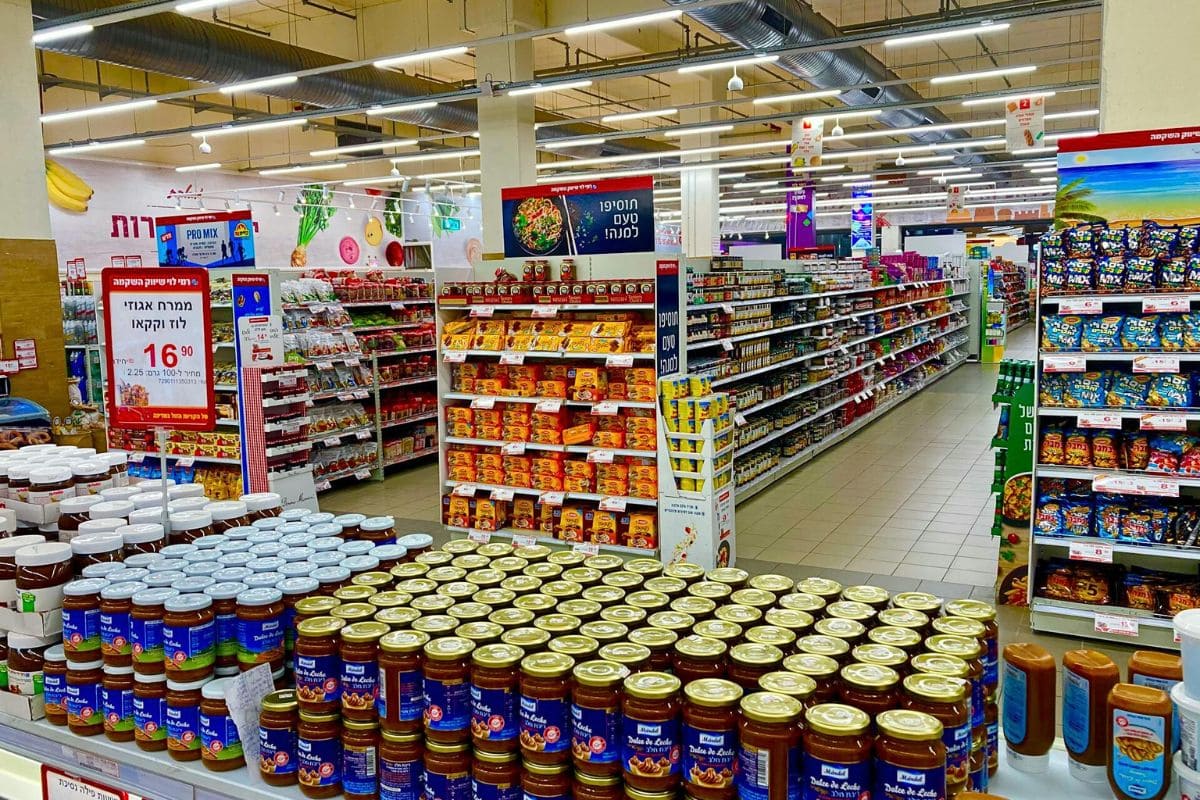
Grocery stores and big-box retailers are designed to make you spend more time inside. Essential items like milk, eggs, and bread are placed at the back so you have to walk through aisles of tempting products to reach them. Meanwhile, sale items and eye-catching displays slow you down, increasing the chances of impulse purchases. The longer you shop, the more you’re likely to buy.
Related Post: 10 Supermarket “Sales” That Aren’t Really a Good Deal
14. Using Luxury Packaging to Make Products Seem More Premium

Many brands use sleek, minimalist packaging or high-end designs to justify higher prices, even when the product itself hasn’t changed. Fancy packaging makes an item feel more luxurious, leading consumers to associate it with better quality. This is especially common in beauty products, gourmet foods, and tech gadgets, where premium branding tricks people into paying more.
Related Post: 13+ Simple Changes That Instantly Lower Your Grocery Bill
15. Encouraging Credit Card Use for Higher Spending
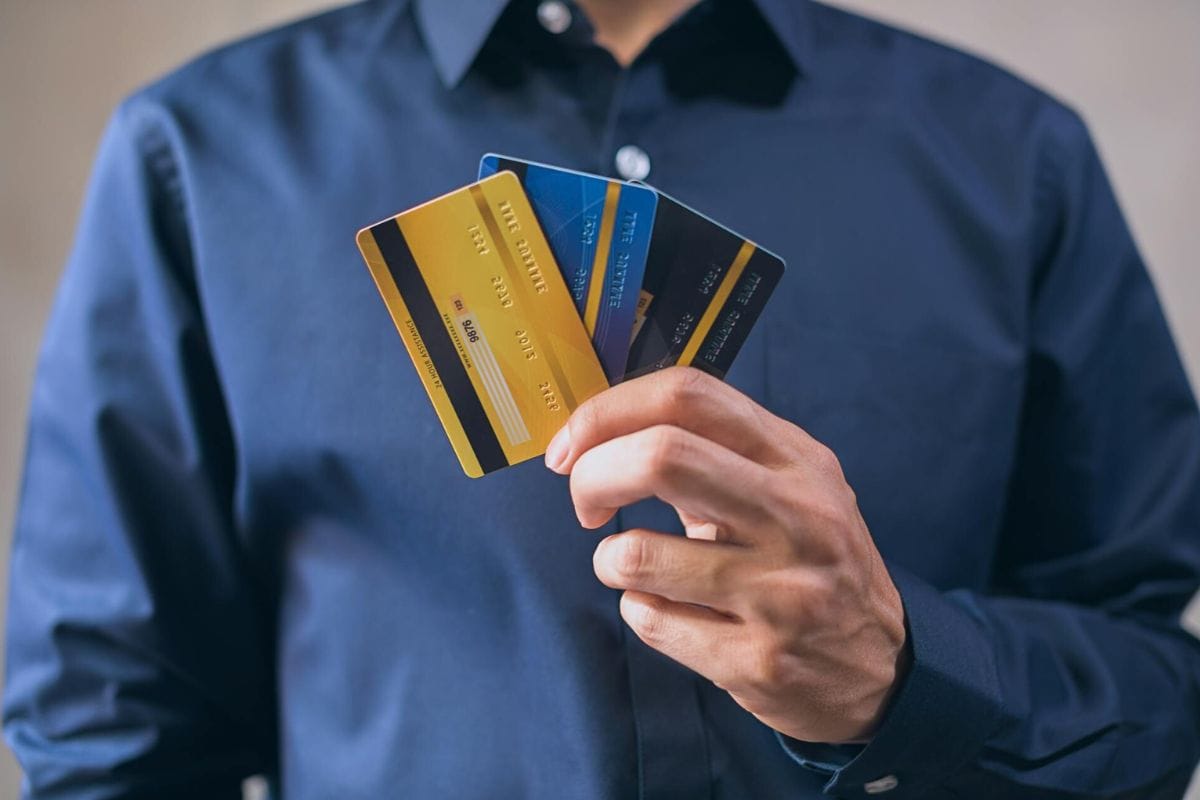
Many retailers encourage customers to use credit cards rather than cash because studies show that people spend more when they’re not handing over physical money.
Some stores even offer special store credit cards with “exclusive” discounts, which can lead to higher spending and accumulating debt. The ease of swiping a card makes it easier to justify purchases that wouldn’t seem as necessary when paying with cash.
Sign up now to receive our exclusive e-cookbook filled with top-rated recipes for FREE!
Stay Smart, Spend Less
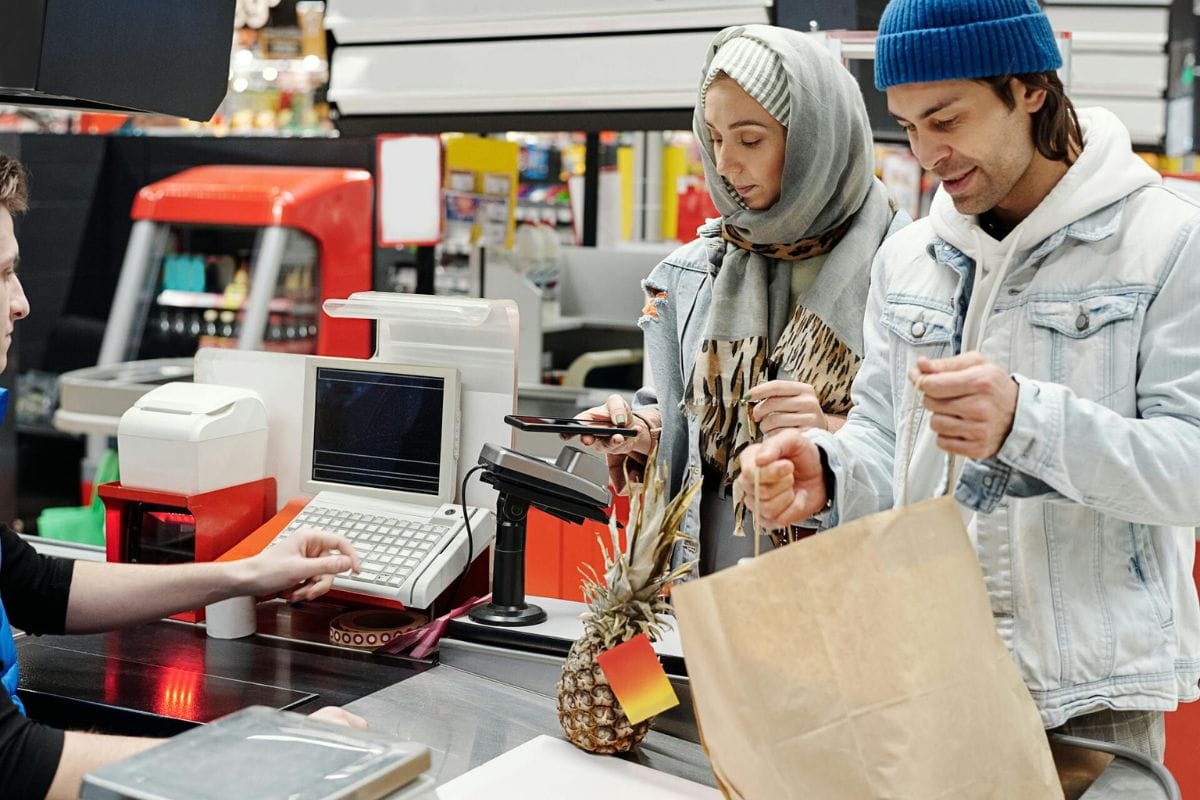
Corporations have perfected the art of getting consumers to spend more, often without them even realizing it. From tricky pricing strategies to deceptive sales tactics, these psychological tricks are designed to maximize profits while making you feel like you’re getting a deal.
The best way to protect yourself is to shop mindfully—always compare prices, read the fine print, and resist impulse buys. By staying aware of these sneaky strategies, you can keep more money in your pocket and make smarter financial choices.
Disclaimer: This list is solely the author’s opinion based on research and publicly available information.
12 Budget-Friendly Recipes That Stretch Your Grocery Dollar

When it comes to saving money without sacrificing flavor, the key is finding recipes that maximize simple, affordable ingredients. Packed with bold flavors and clever cooking techniques, each dish stretches your dollar while satisfying your taste buds.
Read it here: 12 Budget-Friendly Recipes That Stretch Your Grocery Dollar
12 One-Pot Meals Perfect for Busy Retirees

Retirement brings the joy of time and freedom, but it also brings the challenge of keeping meals easy, delicious, and not too time-consuming. Whether you’re cooking for yourself or sharing meals with family, these 12 one-pot meals will help keep the kitchen stress-free without compromising on flavor.
Read it here: 12 One-Pot Meals Perfect for Busy Retirees
Is Walmart+ Still Worth It in 2025? The Truth After 3 Years

Could you be missing out on major savings and life-changing convenience? After three years with Walmart+, I’m sharing the honest truth about what’s worth it—and what’s not. Don’t sign up (or skip out!) without reading this first!
Read it here: Is Walmart+ Worth It? Honest Review 3 Years Later!
You’ll love these related posts:
